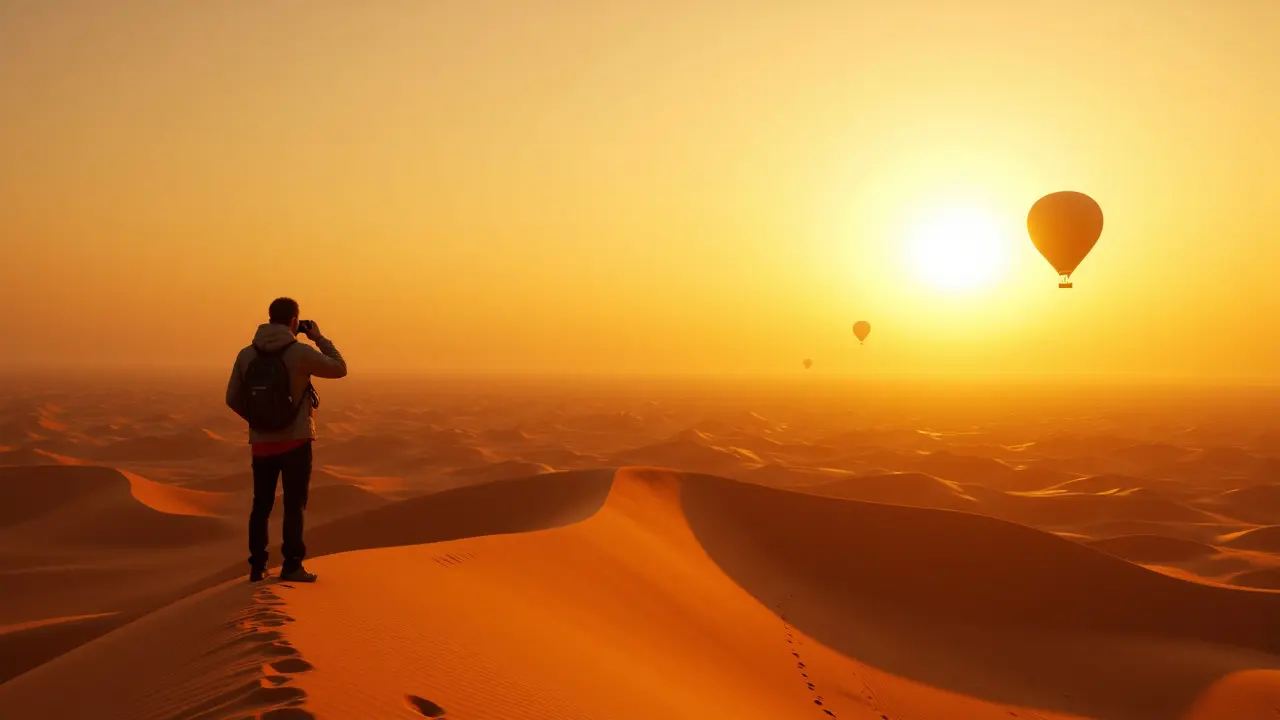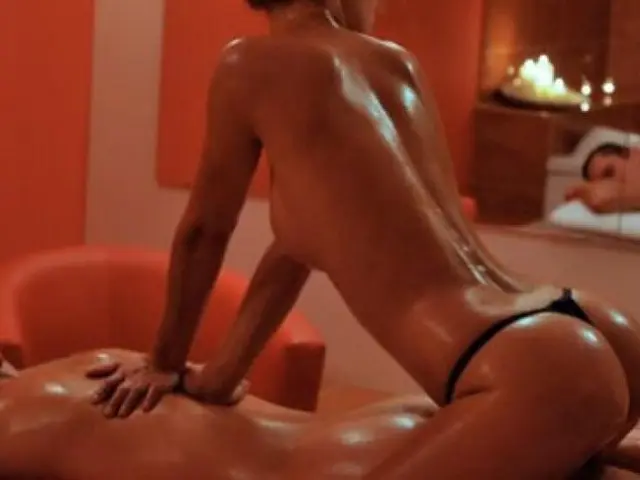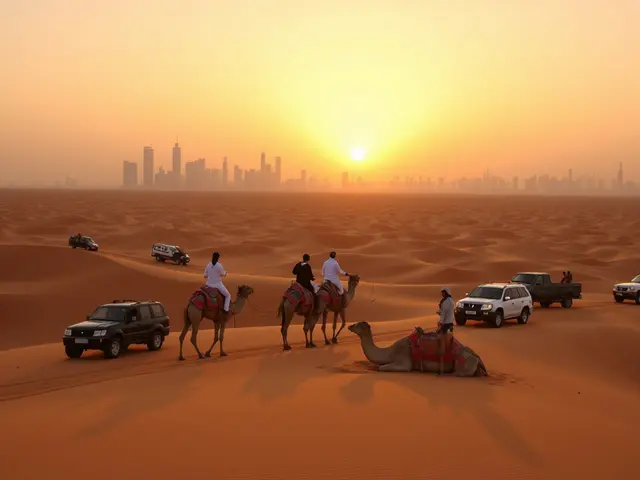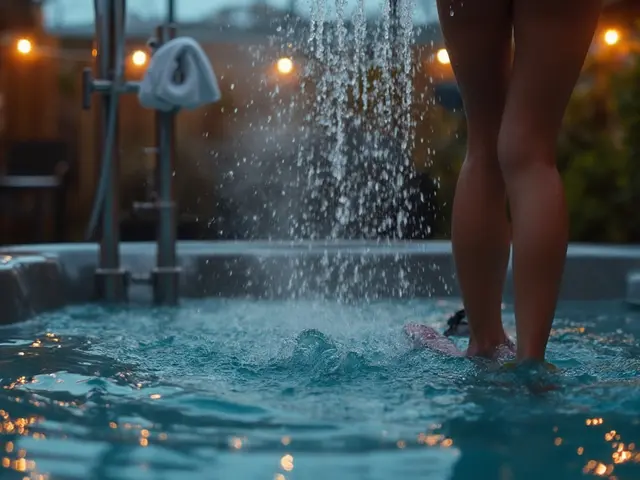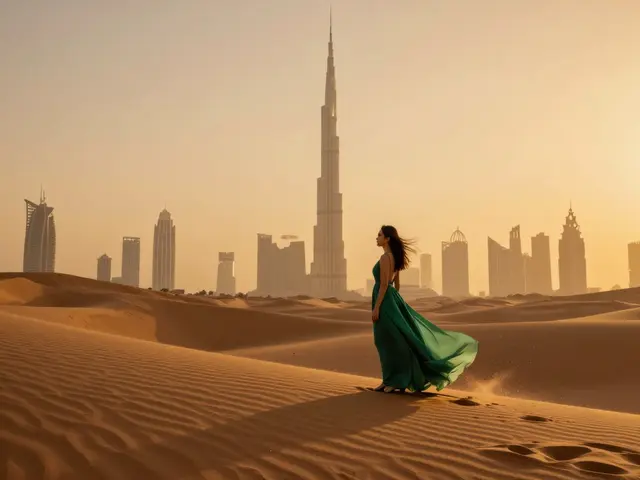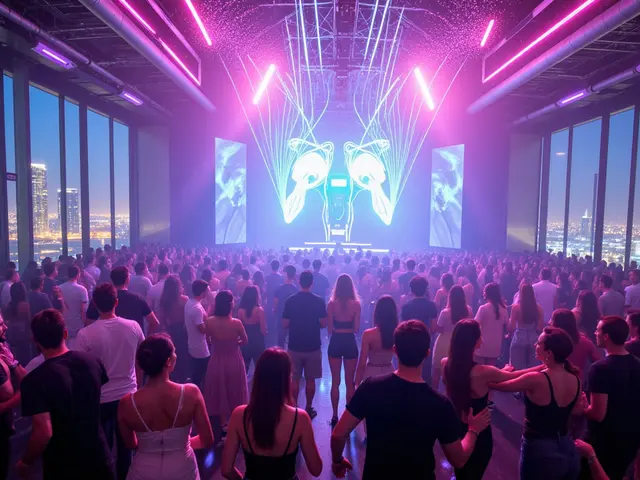The silence out here is thick, interrupted only by the whoosh of wind shuffling through the sands. In Dubai, the desert isn’t just a place to visit—it’s a rite of passage, that moment when city rush melts away and the wild beauty of the Arabian Peninsula takes over. You could live here for years and never quite get used to your first glimpse of gold-tinted dunes rolling endlessly toward the horizon. But it hits different when you view it all through your camera’s lens. That's why desert safari Dubai trips have become less about racing buggies and more about crafting the perfect shot, a visual diary that draws out every ripple and silhouette.
The Ever-Shifting Dunes: Where to Start Your Safari
Dubai’s deserts aren’t all cut from the same cloth. The tourist-heavy Al Marmoom Desert Conservation Reserve, the golden waves near Al Badayer (a.k.a. Big Red), and the Hatta region all have their own texture and shade. The red dunes of Big Red are a favorite for both seasoned photographers and influencers—those bold, burnished cliffs catch the sun in a way that makes even a phone snap look epic. For a gentler, rolling vibe, the conservation reserve lets you get lost in soft, endless valleys, and in winter, you might spot a wandering oryx or gazelle against your sandy canvas.
Speaking of wildlife, sunset and sunrise are your golden hours. This isn’t about mood lighting for selfies—early or late light crisps up contrasts, painting the landscape in ambers and purples you can’t catch at high noon. Those soft shadows, those long curves—they turn every ordinary dune into something worthy of a gallery wall. If you’re aiming for classic desert safari Dubai experiences, book with companies certified by Dubai’s Department of Economy and Tourism. Platinum Heritage Desert Safari is one name you’ll hear a lot, known for eco-friendly trips in vintage Land Rovers and a focus on authentic desert life. There’s also Arabian Adventures, with options for stargazing and BBQ dinners. Both operators know the best photographic spots, often timing their stops for peak lighting—just ask them, they’re used to camera-toting guests who want that perfect Instagram shot.
Beyond the big names, check out local guides who offer morning safaris in quieter, lesser-known dunes. These trips often skip the crowds—and if you’re serious about photography, nothing ruins a shot faster than a bunch of neon quad bikes or plastic sand boards in your frame. Hatta, with its rocky outcrops and cooler air, is brilliant if you want a backdrop that blends brown, green, and blue, especially after Dubai gets winter rains. Get used to waking up early. The call to prayer carries over silent dunes just before sunrise, and that’s your signal to grab your camera.
Gear Up: What to Pack for the Perfect Dune Photoshoot
Desert photography in the UAE isn’t just about bringing your fanciest camera. That endless sand will get into every zipper and button, so plan smart. For DSLR shooters, a wide-angle lens (16-35mm works great) gives you that sweeping dune panorama, but don’t leave out a telephoto (70-200mm or more) for those surprise wildlife moments or tight shots of camel caravans. Mirrorless cameras, with their lighter weight, are made for hiking up crests—your back will thank you. Pack a buff or scarf to keep dust out of your gear (and hair), and a lens cloth is non-negotiable; the fine Dubai dust clings to everything.
Sunscreen, sunglasses, and a hat aren’t just for comfort; desert reflection can torch your skin and eyes, even on a cloudy day. Bring water—more than you think you’ll need. Phone photographers, you’re not left out. Modern mobiles can now shoot in RAW and handle low-light like pros. A gimbal or small tripod gives you creative freedom, especially for night shots when the stars spill over the dunes like glitter. Want time-lapses of sliding shadows? Pack a portable power bank. And don’t forget extra memory cards—the light changes every five minutes, and so does your perspective.
One trick: keep your equipment in a sealed bag with silica gel packs. When you move from air-conditioned cars to the outside, condensation loves to form (that’s nightmare fuel if it happens on your glass). Experienced Dubai photographers always bring zip-lock bags for this reason. If you’re out all day, a UV filter helps reduce haze and keeps the desert’s harshest rays off your lens. Camel rides are photogenic but bumpy; make sure those straps are locked tight, and maybe skip that shot while you’re mid-bounce unless you love a good blur.
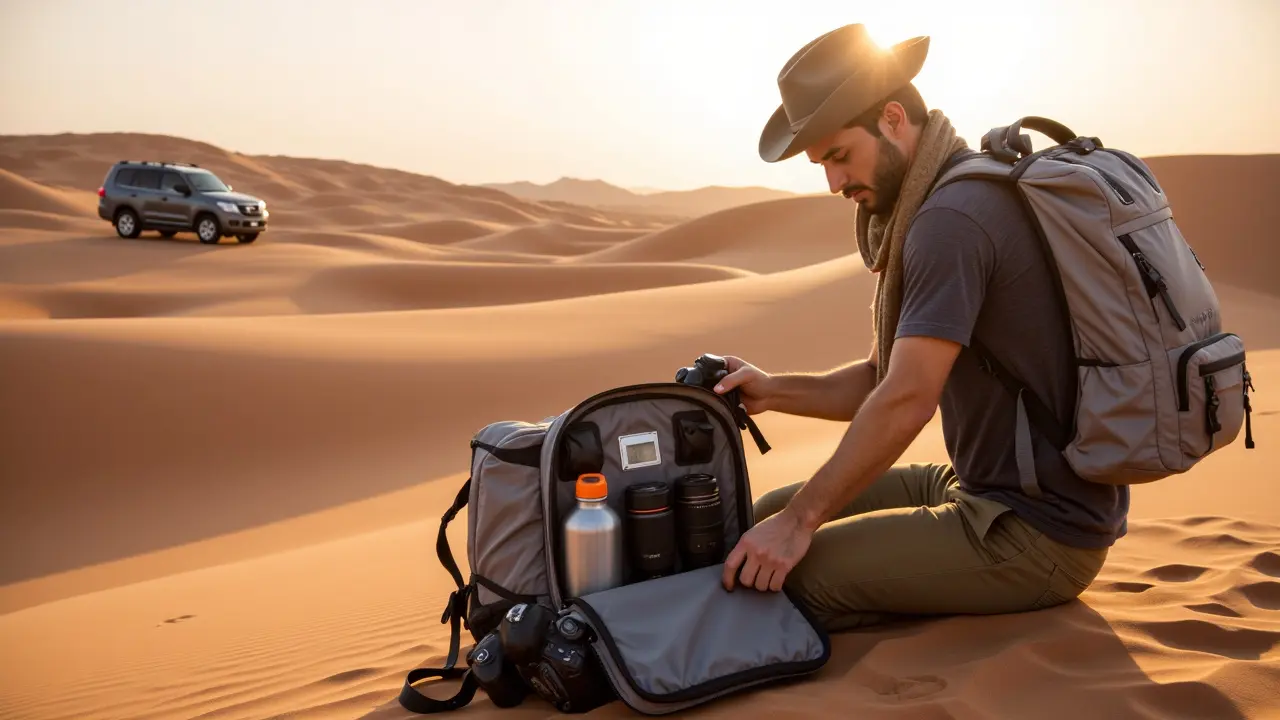
Cultural Nuances: Embracing Emirati Traditions in Your Journey
Out here, the land isn’t empty; it’s layered in centuries of tradition and careful respect. Desert safaris are as much about people as they are about the landscape. In Dubai, most reputable tours offer a peek at Bedouin hospitality. That means sitting around a low table under a woven tent, sipping gahwa (that’s cardamom coffee), and eating dates while stories flow. If you want to photograph locals, ask for permission—some prefer not to be in pictures, especially women. Respect goes a long way, and you’ll usually get a broader smile and maybe a pose with their falcon or saluki dog if you chat first.
During winter months (October through March), you might stumble upon a cultural festival, complete with camel beauty contests, horse shows, and traditional drumming. Al Marmoom Heritage Festival is a great one. Snap away at the lively scene—but avoid photographing prayer times or worshippers. Modesty is key, even in the desert: loose, comfortable clothing that covers shoulders and knees keeps both sunburn and awkward moments at bay. Tour companies like Platinum Heritage make it their mission to embed respect for local customs in every trip, and they’ll guide you if you’re unsure how to interact or where photography is off-limits.
Falconry is still huge in the UAE, with early-morning falcon shows taking place on many tours. If you want a shot of these birds in flight, crank up your shutter speed and get ready—those wings move faster than you expect. Many operators now offer sand art or henna workshops, perfect photo-ops that show the human side of desert life. If you’re out during Ramadan, the sundown call to prayer sets a magical scene, but keep in mind that eating, drinking, or smoking in public is off-limits during daylight hours until Iftar begins. Carry snacks for later—but there’s something memorable about waiting, breaking your fast with locals as lanterns flicker in the cooling air.
Hidden Beauty: Beyond the Dunes and Into Local Life
Sure, the dunes get the headlines, but the desert villages on the edge of Dubai hold stories all their own. Al Marmoom Desert Conservation Reserve isn’t just a safari stop; it’s home to a sprawling wetland where you might catch flamingos, herons, or even the rare Arabian fox if you wait quietly enough. Off-the-beaten-path villages like Al Faqa or remote farmsteads near Al Madam show a traditional way of UAE life away from the city lights—think date palms, stone-built wells, and friendly locals who might invite you for tea if you look curious enough. Always ask before taking pictures of homes or residents—it makes friends, not just photos.
Want another secret? After it rains (yes, it occasionally does!), the desert bursts into brief color. Between January and March, wildflowers sometimes take over patches of sand, especially near Hatta or Al Awir, painting streaks of yellow and purple. If you hear rumors of "rain in the desert," pack your camera and head out early—the flowers sometimes last only a day or two. Some wildlife—like Arabian sand cats or hedgehogs—are more active at dusk. Bring binoculars, but respect nature and stay quiet; the best memories come when you’re patient.
Feeling adventurous? Try a night-time safari. The sky in Dubai’s desert is so rarely clouded that it feels like another universe after the sun drops. Book with companies like Dubai Astronomy Group for guided stargazing sessions—think Milky Way shots or even meteor showers during August’s Perseids. Watch out for scorpions or beetles skittering at your feet, and always check with your guide about local wildlife safety. Avoid white light (use a red torch if you can) to keep your eyes adjusted and minimize disturbing the animals.
Shooting is just half the fun. Back in Dubai’s air-conditioned comfort, you’ll want to edit those sandy masterpieces. Adobe Lightroom is the gold standard—easy to learn, powerful enough for pros. Try upping the contrast and slightly shifting the color temperature to bring out the deep oranges and cool blues that made your eyes pop on-site. If you’re sharing on Instagram, wide shots of rippled sand work best with the platform’s 16:9 format, while striking silhouettes or camel shadows pop in square crops. Geotag responsibly: if you visit a truly hidden spot, consider keeping the exact location private so it doesn’t get swamped by crowds.
Use relevant hashtags—#DesertSafariDubai, #DubaiDunes, #MyDubai, #VisitDubai—if you want to catch the attention of local brands or even Dubai’s Department of Economy and Tourism, who often feature great shots. But don’t over-edit; keep colors true so people feel the real mood of the desert. Most importantly, always credit local guides if they helped you get somewhere special—it’s good practice and helps others in the photography community. Want that pro look? Try early morning shots in black and white—Dubai’s shadows and curves are custom-made for monochrome brilliance.
Word is, the most jaw-dropping image is the one you almost didn’t take—those moments when you stop fiddling with settings and just watch the light. In Dubai, the desert won’t just give you pretty photos. It’ll throw you curveballs, teach you local wisdom, and maybe convince you that gold isn’t found in souks, but dancing across a dune at dusk.

